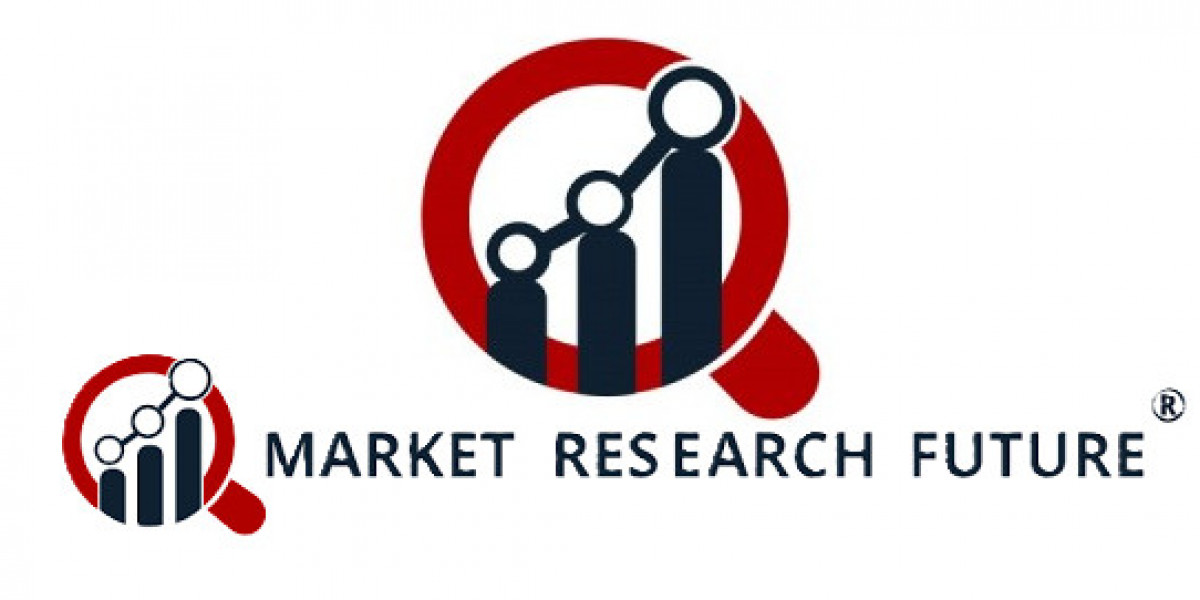Regulatory Framework and Safety Standards for Feed Anti-Caking Agents
The global Feed Anti-Caking Agent Market operates within a comprehensive regulatory framework that ensures product safety, efficacy, and quality. The regulatory framework varies across regions but generally focuses on protecting animal health, ensuring human food safety, and maintaining fair trade practices. Understanding these regulatory requirements is essential for manufacturers, distributors, and users of feed anti-caking agents.
In the European Union, feed anti-caking agents are regulated under the European Commission Regulation (EC) No 1831/2003 on additives for use in animal nutrition. This regulation requires pre-market authorization based on scientific evaluation by the European Food Safety Authority (EFSA). Approved anti-caking agents are listed in the European Union Register of Feed Additives, with specified conditions of use including target animal species, maximum content in feed, and other requirements. The EU's stringent approval process ensures that anti-caking agents are safe for animals, consumers, and the environment.
The United States regulatory system involves multiple agencies including the Food and Drug Administration (FDA) and the Association of American Feed Control Officials (AAFCO). The FDA's Center for Veterinary Medicine regulates feed additives under the Federal Food, Drug, and Cosmetic Act, while AAFCO establishes ingredient definitions and standards. Anti-caking agents generally recognized as safe (GRAS) or approved through the food additive petition process can be used in animal feed. The regulatory framework emphasizes safety evaluation, labeling accuracy, and good manufacturing practices.
International harmonization efforts through organizations like the Codex Alimentarius Commission provide guidelines for feed additive safety and quality. However, significant regional differences remain in approval processes, maximum usage levels, and labeling requirements. Companies operating in multiple markets must navigate these varying regulatory landscapes, often requiring substantial investments in regulatory affairs capabilities. The trend toward stricter regulations and increased transparency is expected to continue, driving higher standards for product quality and documentation across the industry.
FAQs
Q1: What are the main regulatory concerns for feed anti-caking agents?
Safety for target animals, absence of residues in animal products, environmental impact, and accurate labeling of composition and usage instructions.
Q2: How do regulations ensure anti-caking agent safety?
Through pre-market safety assessment, establishment of maximum usage levels, good manufacturing practice requirements, and post-market monitoring.








